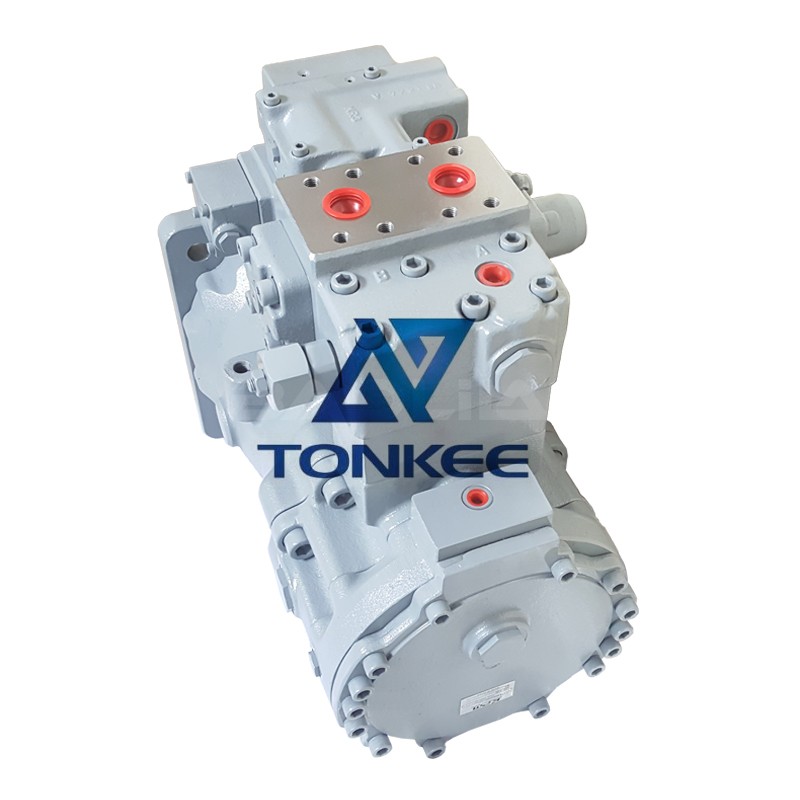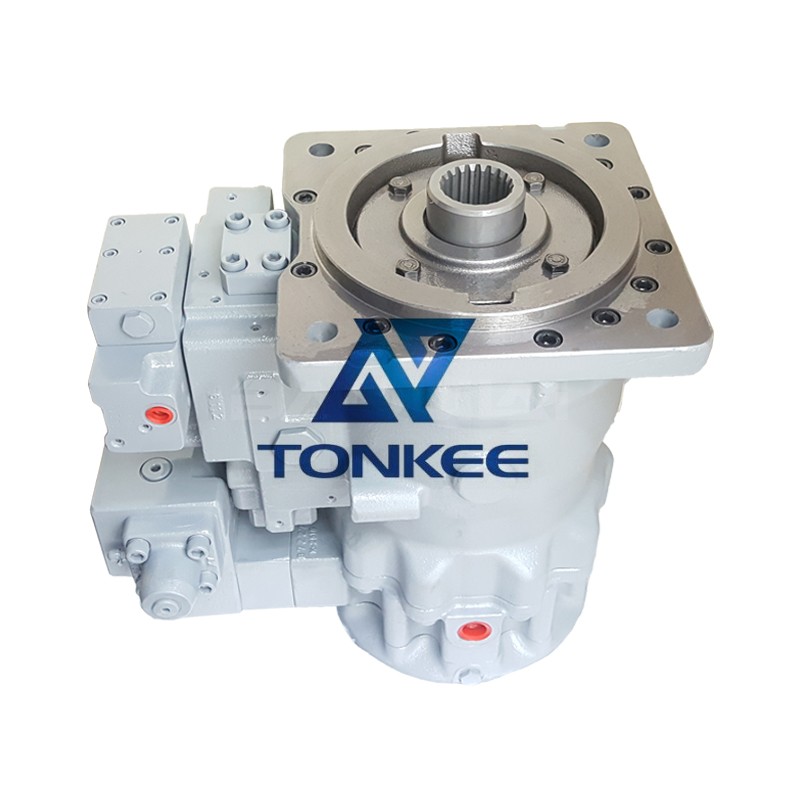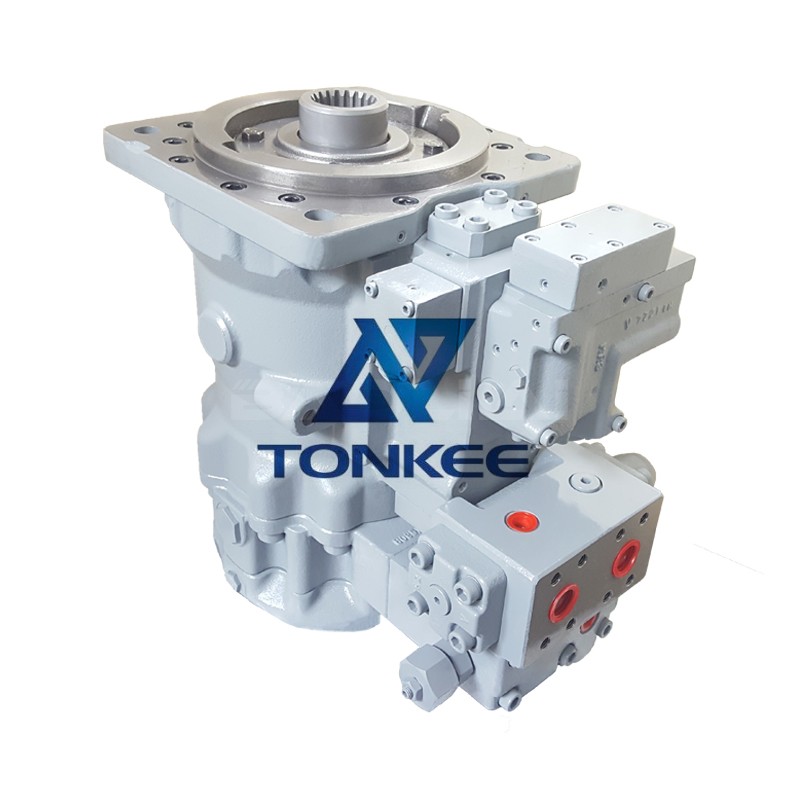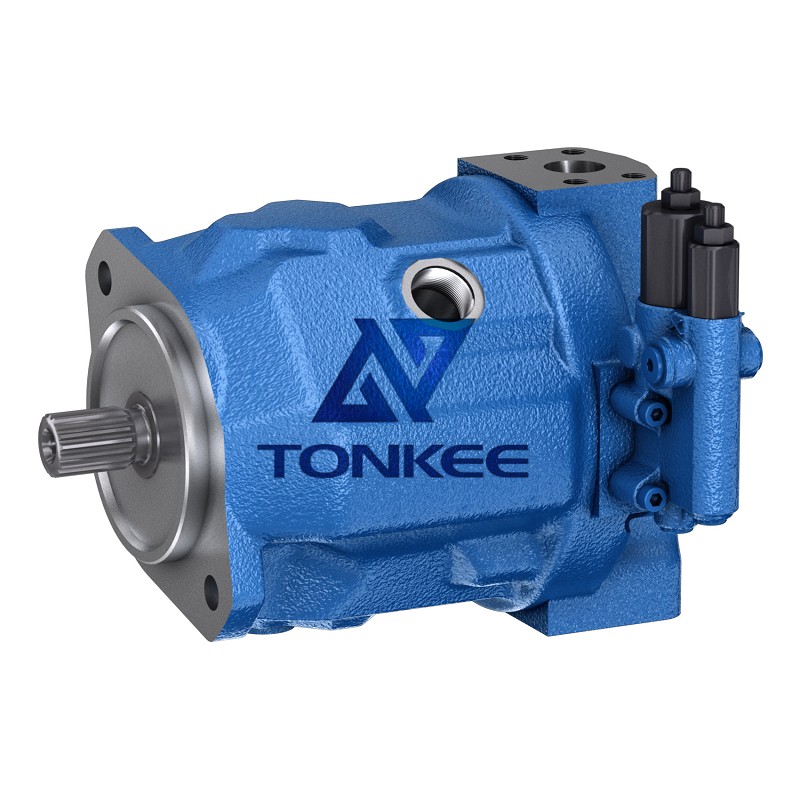
Cylinder Block: The cylinder block is a critical component of the hydraulic motor that houses the pistons.
It is typically made of high-strength cast iron or steel alloy to withstand high pressures and provide durability. The replacement cylinder block should have the same dimensions, bore size, and piston configuration as the original to ensure compatibility.
Pistons: Pistons are responsible for converting hydraulic pressure into mechanical power. They move back and forth within the cylinder block, creating the rotational motion of the motor. Replacement pistons should have the same diameter, shape, and surface finish to maintain proper sealing and efficiency. High-quality materials like stainless steel or aluminum alloy are commonly used for pistons.
Valve Plate: The valve plate controls the flow of hydraulic fluid to the pistons. It consists of various ports and channels that direct the fluid for optimal motor performance. When replacing the valve plate, it is crucial to match the original plate's design, port sizes, and hole patterns. Materials like steel or hardened aluminum alloy are commonly used for valve plates due to their strength and wear resistance.
Bearings: Bearings support the rotating components of the hydraulic motor, reducing friction and ensuring smooth operation. They should be replaced with bearings of the same type, size, and load-bearing capacity. Common bearing types used in hydraulic motors include ball bearings, roller bearings, and needle bearings. High-quality bearings with proper lubrication are essential for longevity and performance.
Shaft Seal: The shaft seal prevents leakage of hydraulic fluid along the motor's shaft.
It consists of sealing elements, such as O-rings or lip seals, which maintain a tight seal between the rotating shaft and the motor housing. Replacement shaft seals should have the same dimensions, material composition, and sealing properties as the original to prevent leaks and contamination.
Sealing Gaskets: Sealing gaskets are used in various motor components, such as the cylinder block, valve plate, and end covers. These gaskets ensure proper sealing and prevent fluid leakage between mating surfaces. When replacing sealing gaskets, it is crucial to use gaskets of the same shape, thickness, and material composition as the original.
End Covers: End covers enclose the motor's internal components and provide support for various seals and gaskets. Replacement end covers should match the original covers in terms of dimensions, port connections, and mounting holes. They are commonly made of cast iron or aluminum alloy for strength and corrosion resistance.







 English
English português
português Русский язык
Русский язык










